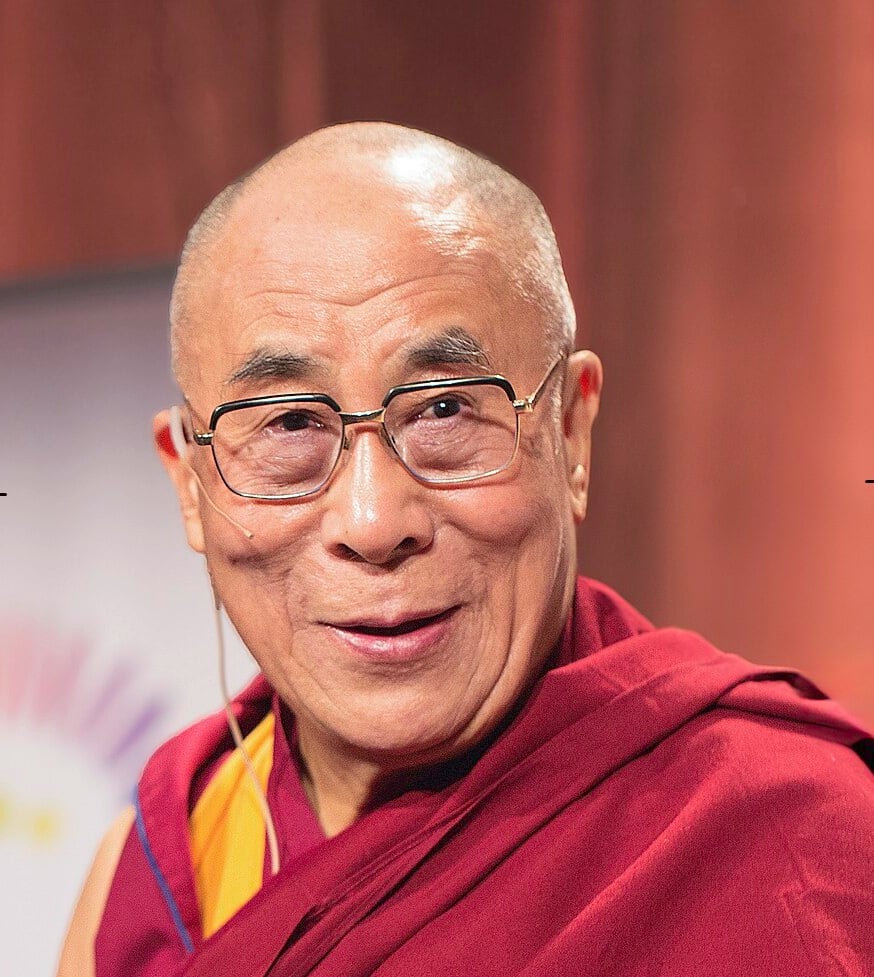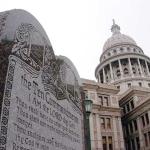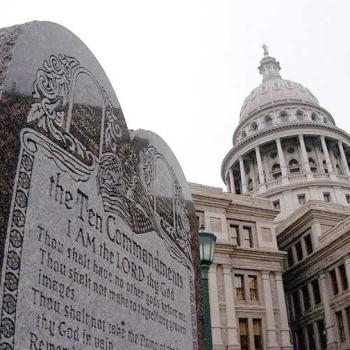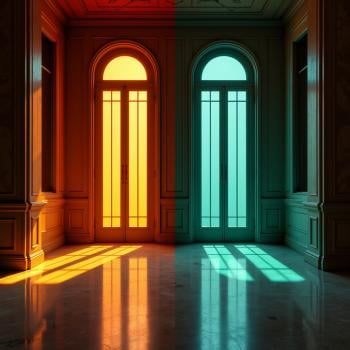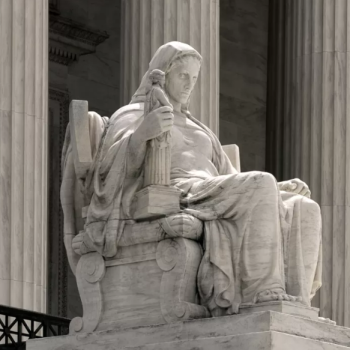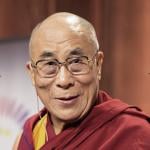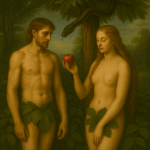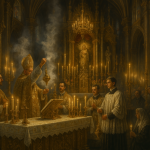His Holiness the 14th Dalai Lama will be 90 years old on July 6, 2025. Celebrations of this auspicious event have already begun. I am not aware that the Dalai Lama has any particular health problems other than growing more frail. He may have a few years left. But his passing, when it comes, will not just be a sad day for Tibetan Buddhists. It will set off a messy power struggle between the government of China and Tibetan Buddhism over the identity of the next Dalai Lama.
On June 2, the Dalai Lama issued a statement saying there will be a reborn 15th Dalai Lama, and that he would be recognized by members of the Gaden Phrodrang Trust, which is the office of the Dalai Lama. China’s foreign ministry responded, saying that the Dalai Lama’s rebirth “must be approved by the central government.” Further, the ministry said, “The Chinese government implements a policy of freedom of religious belief, but there are regulations on religious affairs and methods for managing the reincarnation of Tibetan living Buddhas.” Here I want to explain the issue and why the world may someday have two Dalai Lamas — the one chosen by the Chinese Communist Party, and the one chosen by Tibetan Buddhism in exile.
Beijing has spent many years building its case that the Chinese Communist Party, and no one else, has the authority to recognize the next Dalai Lama. Tibetan Buddhists in exile disagree. Tibetan Buddhists in Tibet no doubt disagree also, but they don’t have the freedom to say so. Even to possess a photograph of the Dalai Lama can get one sentenced to prison. Beijing wants to control Tibetan Buddhism in order to better control Tibet. The leaders of China since Mao Zedong have believed that compliant and loyal high lamas will result in compliant and loyal Tibetans who do not stage uprisings every decade or so. And so, the government has taken control of the recognition of tulkus, or reborn Tibetan masters. In 2007 China’s Department of Religious Affairs even issued an order mandating that no one may claim recognition as a tulku without government approval. There is an official procedure for applying for recognition. So you can’t be reborn in China without a license.
Dalai Lamas and How to Recognize Them
Westerners are often confused about exactly what a Dalai Lama is. I’ve addressed the role of the Dalai Lama at length before; see especially “The First Dalai Lama.” They were never “god-kings,” as you may have heard. Although they have been revered as masters of the Buddha’s teachings, as heads of state most of the past Dalai Lamas were figureheads with limited power. And they really aren’t considered to be gods. But in Tibetan culture the Dalai Lama is something like the living embodiment of Tibet — its culture its history, its people — and of Tibetan Buddhism itself.
You may notice that I’m not using the word reincarnation in this essay. Reincarnation as it is usually understood — the transmigration of an individual soul into a new body to live another life — is not a Buddhist teaching. Many English-speaking Buddhists prefer to use the term rebirth instead of reincarnation for that reason. Certainly, you can find lay Buddhists who believe in the transmigration of souls, and also Buddhists who use the word reincarnation and mean something else by it. But the Buddha denied there is such a thing as an immortal, individual soul or autonomous essence of self that inhabits a body, so nothing “transmigrates.” Yet there is rebirth. The Tibetans usually explain rebirth as a continuation of consciousness rather than as a soul moving into a new body. As a Zen student, my understanding is that this consciousness is neither you nor not-you.
I’ve read biographies of the Dalai Lamas that describe how they were recognized, and this has been accomplished in many different ways. It appears to be a highly mystical process that involves rituals, astrology, pilgrimages to sacred sites, and the interpretations of dreams and omens. And sometimes Dalai Lamas leave clues. For example, one clue to the identity of the 7th Dalai Lama was a poem written by the 6th Dalai Lama. (The life stories of these two Dalai Lamas are wild; check them out.) Likely candidates are then examined to see if they exhibit some spark of Dalai Lama consciousness.
Rebirth and the Chinese Communist Party
In 1995 a small Tibetan boy was identified as the 11th Panchen Lama, the second-highest lama in Tibet. Shortly after that Chinese authorities “disappeared” the boy and his entire family. They have not been seen since. And then Beijing chose another boy to be Panchen Lama. The now-adult faux Panchen Lama has yet to be accepted as legitimate by Tibetans. However, establishing a Party-loyal Panchen Lama is essential to Beijing’s very long-term plan to claim sole authority to name the next Dalai Lama. The Dalai and Panchen lamas are of the same school, and traditionally they have been involved in recognizing the rebirths of each other. But today’s statement from the Dalai lama does not mention the Panchen Lama. The participation of a Panchen Lama is not essential to recognizing a new Dalai Lama.
The other part of Beijing’s claim involves the Golden Urn. I’ve written about the Golden Urn before; please see “The Golden Urn and the Succession of Dalai Lamas.” The Golden Urn has its own wild story that I’m not seeing in today’s news anywhere, but you can read all about it in my earlier post. Very briefly, in the 18th century a dispute between two high lamas who happened to be brothers broke out that escalated into a nasty war between Tibet and Nepal. The Qianlong Emperor of China (1711 – 1799), who was anxious to keep peace on his western border, sent troops to settle the matter. And then he demanded some reforms in Tibetan Buddhism. Among these was to choose the tulkus of high lamas by a kind of lottery. Candidates’ names were to be written on ivory slips and then drawn from an urn donated to Tibet for this purpose by the Emperor. However, historians doubt very much the Tibetans took this suggestion seriously. It’s believed the Golden Urn’s use was enforced for only a few decades. It’s certain it was not used to choose the Thirteenth and Fourteenth Dalai Lamas.
But the Chinese Communist Party insists that the Golden Urn lottery is the only legitimate way to choose a Dalai Lama. And someday when the Fourteenth’s time has ended, the faux Panchen Lama will be summoned to draw slips with names of Tibetan boys from the Golden Urn. The candidates will no doubt be sons of loyal Communist Party members. And Beijing will proclaim that the lottery winner is the 15th Dalai Lama. For another good analysis, see “The Golden Urn” from The Economist, 21 March 2015.
The 14th Dalai Lama
His Holiness Tenzin Gyatso, the 14th Dalai Lama, was born on July 6, 1935, to a farming family in the eastern Tibetan province of Amdo. He was recognized as the tulku of the 13th Dalai Lama in 1937. He was four years old when he was taken to Lhasa, the capitol of Tibet, and ceremonially enthroned. He spent the rest of his childhood in Potala, the main palace, and Norbulingka. the summer palace. While this sounds very posh, I understand most of his time would have been spent in studies of Buddhist scriptures and commentaries, plus learning all the elaborate rituals and other practices of his school of Buddhism.
Since the time of the 5th Dalai Lama, the Dalai Lamas had been the de jure heads of state of Tibet. While they were children the government was run by regents and sometimes by military leaders. And in fact even as adults most of the Dalai Lamas after the Great Fifth were figureheads and not the real political power in Tibet. The Thirteenth Dalai Lama had been a rare exception. Through the centuries many of the Dalai Lamas had a priest-and-patron relationship with emperors of China, and it was through that relationship that the emperors often meddled in Tibetan affairs related to Buddhism. But most academic scholars of Tibet will tell you that Tibet was not part of China or even a colony or possession of China. The last Chinese imperial dynasty fell in 1911, and the Republic of China was established in 1912. The 13th Dalai Lama issued a “declaration of independence” to clarify that at no time was Tibet ever a possession of China. With the end of the Qing dynasty, whatever relationship that existed between Tibet and China had faded “like a rainbow in the sky.”
Chinese leader Mao Zedong sent an army to take control of Tibet in 1950, when the young Dalai Lama was 15 years old. A few short weeks later, the Dalai Lama was invested with the authority to govern. The long-cloistered adolescent was suddenly a head of state and facing a monumental crisis. He chose to be cautious. For the next few years, he chose to accept Chinese oversight and work with Mao to modernize Tibet. But matters took a dark and violent turn in 1959, and the young Dalai Lama was forced into exile. I wrote about this in much more detail a few weeks ago; see “When the Dalai Lama Escaped Tibet.” Since 1959 the 14th Dalai Lama has lived in Dharamshala, Himachal Pradesh, India. A great many other Tibetans, including monks and the high lamas of major schools of Tibetan Buddhism, have also left Tibet. His Holiness formally relinquished any claim to political power in 2011, saying he preferred that Tibet be ruled by democratically elected leaders.
